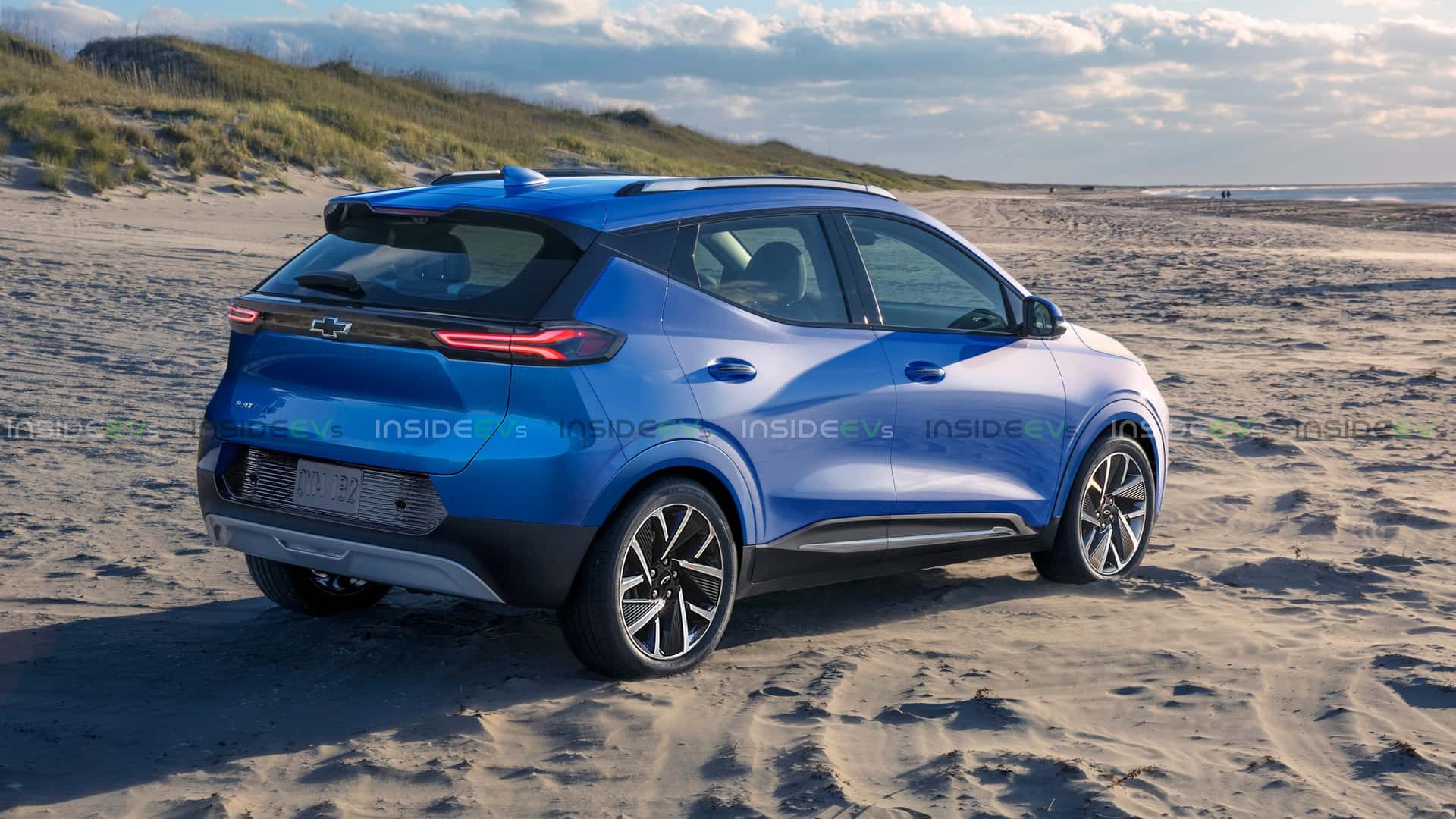Why would General Motors be pulling the pin on its Ultium battery branding after only four years? In a statement the company said “As GM continues to expand its EV business, the company is no longer branding its electric vehicle architecture, battery cells, or EV components with the Ultium name, starting in North America.” Which doesn’t explain the move.
Evidently the components will remain the same but the Ultium name will disappear. It will be retained only for production operations such as the Ultium Cells LLC battery joint venture with LG.

GM announced Ultium in 2020. The idea was to achieve economies of scale for various EV models by using a common family of motors and batteries. The company has since implemented the Ultium strategy across most of its brands.
Read our Chevrolet Silverado 2500 HD review
So what is really behind this? The usual. That is, slower-than-expected EV demand. GM was looking at production capacity for one million EVs by 2025 but has backed away from that goal. Like others, it is talking about reintroducing hybrids. CEO Mary Barra said recently that she was surprised by how political EVs had become. However, she did say that the company was still sticking to its plans of eliminating tailpipes from its light passenger vehicles by 2035…so long as its customers were okay with that.
But the real underlying reason for ditching Ultium? It’s simply cost. The company plans on using cheaper lithium iron phosphate (LFP) battery cells in future EVs. GM executives reckon that the use of LFP cells along with other changes to packaging and manufacturing will cut around $6000 from the cost of making an EV compared with current models.
The company had earlier said that it will build a budget version of the next-generation Bolt EV with LFP cells. The primary reason is that it wants to be able to offer the most affordable EV in the U.S. The new Bolt EV is expected to launch next year, presumably with a base model that’s an LFP-powered version.
GM is evidently in talks with Japanese firm TDK Corp. to manufacture LFP cells in the U.S. It will use tech licensed from CATL. Roughly one-fifth of the world’s EV batteries are now using LFP chemistry because it is cheaper, less likely to overheat or cause thermal runaway, and is not so prone to heat-related degradation. Ford is using LFP tech in its Mach-E and is looking to manufacture LFP cells under license from CATL.


